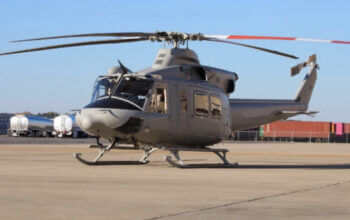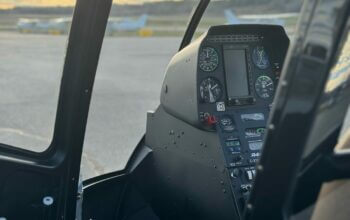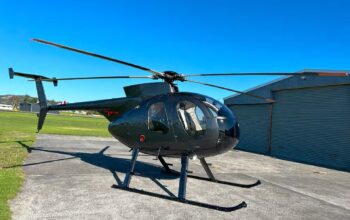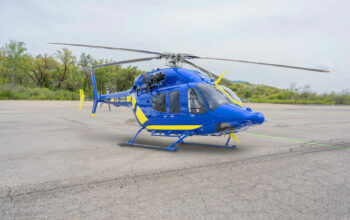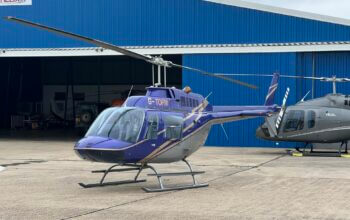Estimated reading time 3 minutes, 37 seconds.

The Transportation Safety Board of Canada (TSB) has released its investigation report (A22P0067) into an emergency forced landing of an Air Tractor AT-802A aircraft, operated by Conair Group Inc., south of Cranbrook, B.C.
On Aug. 2, 2022, the firefighting aircraft, equipped with amphibious floats, was conducting aerial operations in the area of Connell Ridge, the site of multiple wildfires, when it sustained a loss of engine power.
Unable to restore power, the pilot selected a reforested area and completed an emergency landing in the trees, coming to rest approximately 200 metres from the edge of the forest fire. The aircraft was substantially damaged by impact forces. The pilot, who was the sole occupant on board, sustained minor injuries.
Firefighting aircraft must operate at low altitudes to fight forest fires effectively. At such low levels, recovery from an aircraft malfunction becomes extremely challenging.
In such a situation, a pilot’s decision-making and reaction time are critical for a successful outcome.
In this occurrence, 40 seconds passed from the time the aircraft suffered the engine power loss to when it struck the trees. Although the cause could not be determined, the investigation found that it occurred at approximately 350 feet above ground level, leaving insufficient time for the pilot to complete the checklists, determine the cause, and attempt to restore power.
His focus was on successfully performing an emergency landing and carefully managing the aircraft’s speed and rate of descent to ensure he would reach the selected landing site.
The investigation also determined that the pilot’s decision making, experience, and recent training assisted in a successful outcome. Additionally, the pilot’s use of a flight helmet, the five-point harness, windscreen design, and slow impact speed all reduced his injuries.
As a result of the accident, Conair Group Inc. provided all its AT-802 pilots with low-level engine failure simulator training and introduced a flight operation briefing on engine failures to initial and recurrent pilot training.
See the investigation page for more information.
This press release was prepared and distributed by the Transportation Safety Board of Canada.


